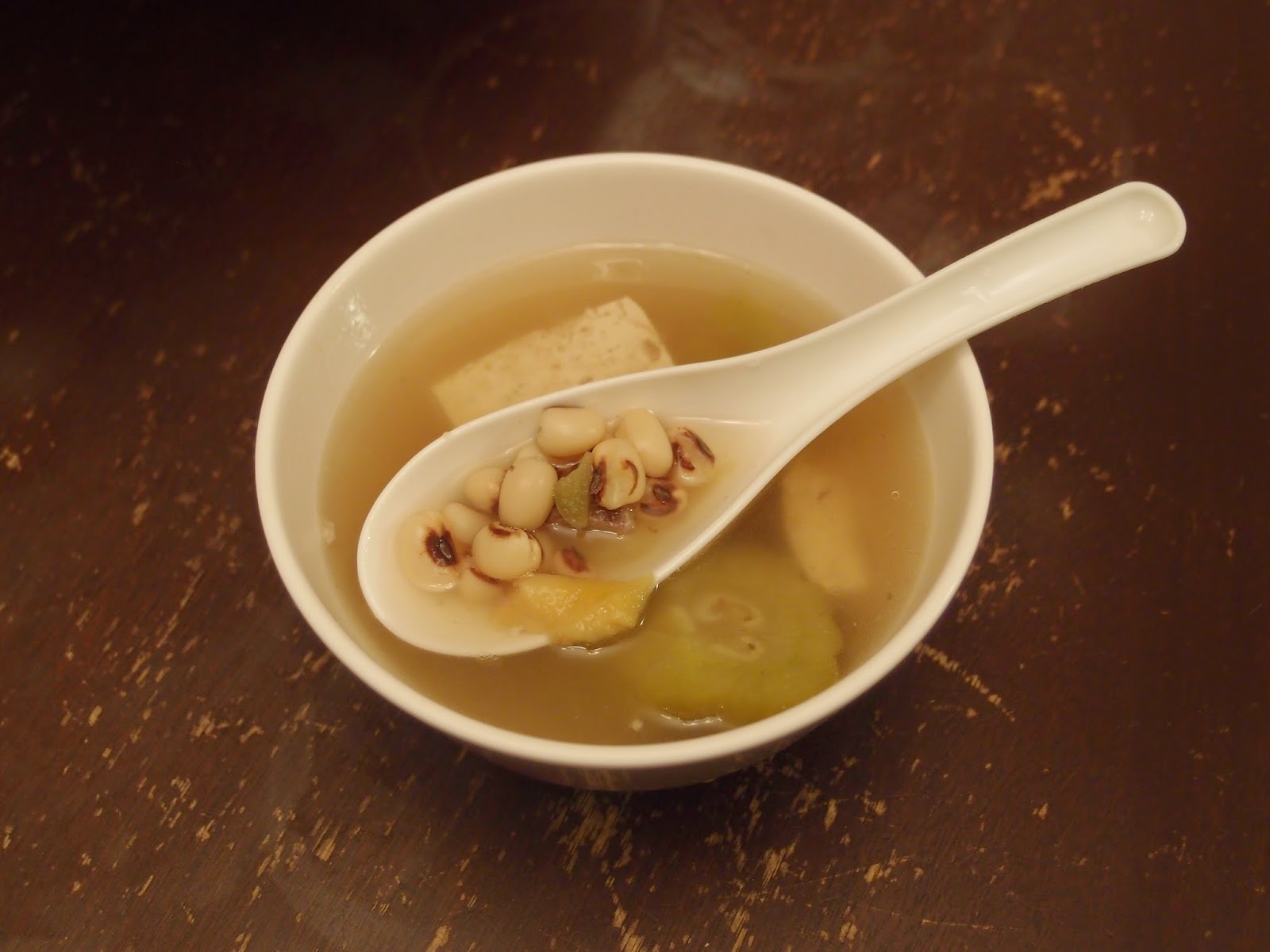For instance, the groom's sibling is not married. So my mom said to the sibling during the tea ceremony that after gaining a sister-in-law this year, s/he will gain a spouse next year. If an uncle invest in stocks, then the lucky saying to the uncle will be his stock will be on a rise after drinking the new bride tea, etc. Below are some saying done by my mom from yesterday's ceremony.
Lucky
Lady: 新郎茶好品嚐。 今年娶弟婦, 明年添伯娘。
Translation:
New groom tea is delicious. This year brother gains a sister-in-law; next year, he gains a wife.
Lucky
Lady: 新娘茶樣樣有。 蓮子, 百合, 糖蓮藕。 飲過新娘茶, 食到九千九。子孫滿堂要幫手。
Translation:
New bride tea has everything – lotus seed, lily bulb, and sweeten lotus
root. After drinking new bride’s tea,
you’ll live to nine thousand nine with many grandchildren and
great-grandchildren.
After
putting jewelry on the bride:
Lucky
Lady: 首飾金器戴在身。 從此成為X家人。 良緣巧遇天注定。
Translation:
Jewelry and gold all over the bride. She
is now part of the X family. Fate is
destined by the heavenly above.
"X" above, you put in the last name of the groom.
Lucky
Lady: 飲杯新郎茶, 歡樂好年華。 健康長壽笑哈哈。
Translation:
Drink a cup of new groom tea. May
happiness and health be with you always.
Lucky Lady: 新娘茶,
香又清。 飲過新娘茶, 步步再高升。
Translation:
New bride tea, fragrant and light. After
drinking new bride’s tea, you will be on the path to success.


























.JPG)



















